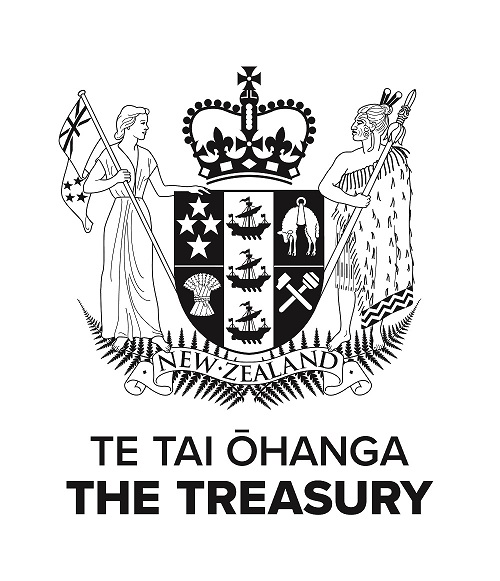
NZDM programme evolution continues as peak issuance subsides
Kim Martin, head of New Zealand Debt Management in Wellington, discusses an issuance programme that is falling in outright volume but continues to add new aspects – including a forthcoming debut in green-bond format and a refreshed approach to inflation-linked bond supply.
Fiscal performance has led to a reduced issuance requirement for New Zeaalnd Debt Management (NZDM). What impact might the arrival of Omicron in New Zealand and a potentially protracted border closure have?
At the half-year economic and fiscal update in December, we announced that gross New Zealand government bond (NZGB) issuance was forecast to be NZ$31 billion (US$20.7 billion) lower than at the budget 2021, over the equivalent period.
A significant increase in tax revenue forecasts on the back of a stronger economic outlook contributed to improved forecasts for the core Crown cash position. This was a component in the reduced issuance need.
Second, we undertook detailed analysis on the optimal level of cash and liquid assets NZDM needs to hold on an enduring basis. We concluded this is higher than prior to the pandemic but below current levels.
These forecasts were finalised before the more recent Omicron developments. As always, any new information will be included in the next update of forecasts at the budget in May 2022. However, it is worth noting that NZDM’s current level of cash and liquid assets allows for a large unexpected increase in cash outflows in the near term before the NZGB issuance programme would need to be reviewed.
NZDM is progressing with developing its green-bond plans and late last year announced the banks that will help develop the programme. How is the process going?
Late last year we announced that BNZ and Deutsche Bank have been appointed as joint structuring advisers for the programme. We will be working with them, seeking views from market participants and continuing to speak to our sovereign peers to explore exactly what our programme will look like. We are fortunate to be able to draw on the experience of other sovereign issuers but are also mindful to ensure the programme reflects the uniqueness of Aotearoa New Zealand.
We expect details of the programme will be announced in mid-2022, likely including framework documentation and a related second-party opinion. The first issuance of New Zealand sovereign green bonds is expected in late 2022, via syndication. We will announce a syndication panel for the inaugural transaction closer to the time.
What role does global index inclusion play in the funding strategy?
There has been significant discussion about the potential for NZGBs to become eligible for inclusion in the FTSE-Russell World Government Bond Index this year.
Our funding strategy has not been directly influenced by this factor but we would view it as a positive development for our market. As well as increasing the global profile of NZGBs it would inevitably lead to additional inflows from passive funds that track this index.
Where does inflation-indexed bond (IIB) issuance fit into NZDM’s strategy? Obviously, inflation is a major subject of interest across the global market but this section of the programme has struggled with liquidity and breadth of distribution in recent times. What comes next?
IIBs remain an important funding instrument for NZDM. They make a contribution to aligning interest cost to the variability of Crown revenue. In addition, IIBs contribute to increased diversity in the NZGB investor base.
We have paused issuance since September last year. We are set to return to tender issuance from March, taking on board recent feedback from our consultation with market participants.
First, our forecasts will now include a range of expected IIB issuance for the current fiscal year, rather than a specific expected volume. Second, issuance will be more flexible and responsive to changes in demand. We will no longer publish specific details of upcoming IIB tenders in the monthly bond tender schedules in advance. Instead, we will regularly conduct a survey of market participants to gauge demand for IIBs. Finally, we intend to change from a multiprice to a single-price auction mechanism for IIBs.
Our analysis suggests single-price auctions may offer benefits for less liquid markets like IIBs. As all successful bidders are allocated at the same yield, it avoids the ‘winner’s curse’ – which refers to the winning bid exceeding an asset’s intrinsic value due to information asymmetry or price uncertainty.
These changes are aimed at addressing concerns raised during the consultation process with market participants. However, we remain open minded. We will assess the impact and consider if any further action is required to support vibrancy in this market.

HIGH-GRADE ISSUERS YEARBOOK 2023
The ultimate guide to Australian and New Zealand government-sector borrowers.








